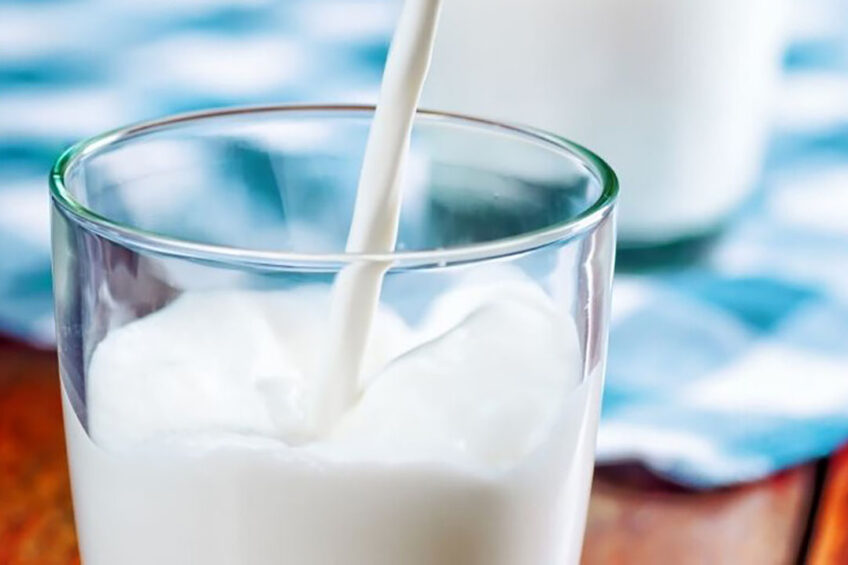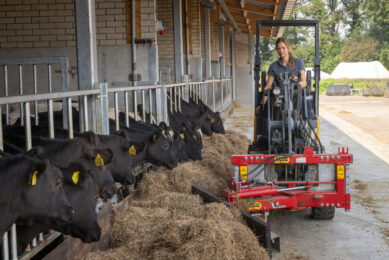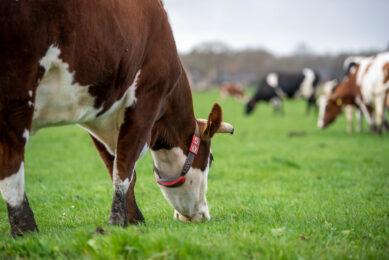War in Ukraine pushes up UK milk prices

UK liquid processor, Freshways, has become the first to declare a 40p standard litre price for May, but it is still unclear as to whether the high price will encourage farmers to increase production.
This is because costs are escalating more quickly than the market can respond to, leading to tighter cashflows as well as the ongoing issue of finding quality labour for progressive dairy units.
In a letter to suppliers and customers, managing director, Bali Nijjar, said that where contractually possible, the 40p/litre rate would be paid by some Freshways customers at shorter notice and this would be passed back to farmers in their April price.
Nijjar encouraged milk suppliers to produce B litres, currently worth around 49p/litre and said the industry was in “truly unprecedented times”.
Dairy market analyst, Chris Walkland, said it was unusual for a processor such as Freshways to be leading the way, but others would need to match Freshways and its new threshold.
European market and Ukraine/Russia war
Walkland said the European market had seen a tempestuous time with the Dutch butter quotation surging in the past week by €470/tonne to €6,620 – the largest single weekly rise since 2018. One trader, according to Walkland, was quoting a huge range from €6,650 to €6,750 with expectations from some that the €7,000 mark will be breached. Skim powder has crossed €4,000/tonne for the first time, he told the Kite Consulting podcast. Cream has been rising to £2.40/kg in the UK but on the continent it is higher still.
Freya Shuttleworth, AHDB dairy and livestock analyst, said global dairy prices were expected to remain elevated due to global production declines caused by the cost of inputs, lack of labour, unfavourable weather, variable feed quality and the Russia-Ukraine war.
OVERVIEW OF GLOBAL DAIRY MARKET PRICES
“In the short term, dairy commodity prices should remain elevated as a result of inflationary pressures and tight supplies. The longer-term view is difficult to predict due to uncertainties around consumer behaviour given higher prices and market conditions in the light of the impact of the conflict in Ukraine. Despite this, there is little expectation that inflationary pressures will ease, or milk production grow, until later in 2022.”
“…real volatility and exponential cost increases.”
John Allen, managing partner at Kite Consulting, said the dairy industry was already feeling the impact of cost inflation through 2021 but the Ukraine conflict was causing real volatility and exponential cost increases.
“Our analysis suggests that as well as cost increases, productivity will fall by a further 1.3% and that’s from a base that is already below 2021 production. For many farms, cashflow will be negative in the months ahead as costs are increasing faster than milk prices. Unless milk buyers ensure that milk price rises stay ahead of the inflation curve and react to volatility, the uncertainty will continue to damage farmer confidence.”
Join 13,000+ subscribers
Subscribe to our newsletter to stay updated about all the need-to-know content in the dairy sector, two times a week.










